In the dizzying world of social media and formal business presentations, where everything is turned into an endless race, the importance of techniques like image compression cannot be overestimated. Pictures have become the order of the day.
Out of all the different, Convert Image to JPG 20 KB takes great consideration when it comes to its applicability in the real world.
It is active the idea that images are kept at a slightly better quality than what composes a bitmap while being minimised enough to preserve smooth sharing and swift loading.
This article examines the process of converting images to the 20-KB JPG format and provides information about tools, strategies, and tips.
Note: You must try these games, You must like to play
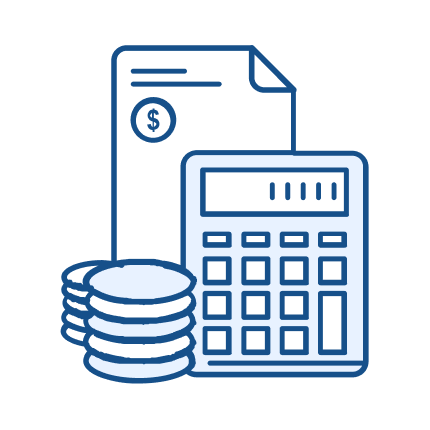
The Great digital environment today is rich in many formats of images all of which have specific uses. The major formats that exist include the JPG format, PNG format, GIF format and TIFF format. Every format, on the hand, possesses it own technical features. For example, PNG is one of the best formats for supporting transparency when it comes to web graphics and is also used for GIFs that contain animations.
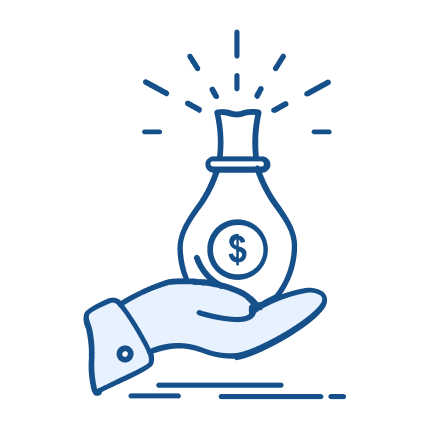
JPG or JPEG is accepted all around thanks to its high compatibility with images and due to the fact that it supports a large amount of compression which enables to creation of quite small files, although the picture will be of very poor quality. This makes it an ideal choice where images and photographs contain cramped more special vibrant colours and detailed information.

Large image files can pose several challenges: they reduce the pacing of the web pages; are storage hogs; and often are a pain to share by email or social media. However, by compressing files, all these problems are solved and, it also improves user experience.


Image compression usually refers to the act of minimizing the size of an image and at the same time trying to maintain as much quality as possible. This is done by the removal of duplicate information, to fit more in the memory and send faster.

Compression techniques fall into two categories: lossy and lossless. Lossy compression removes some of the data and as a result, the image quality may be reduced significantly. Quite opposite to it, lossless compression keeps all the data intact so that the image can again be restored to its actual shape. This is important because JPG is primarily a lossy format, and thus the user has to successfully manage the losses.

This, in combination with the fact that people are usually exposed to so much information that can often mislead them, are some of the benefits of reducing the size of an image. Compressing images yields a plethora of benefits: The last advantage augments the website’s loading speeds, decreases the bandwidth, and makes the Website more easily accessible. For instance, things such as less-resolution images are important for people with limited data to allow all to load and use it nicely.
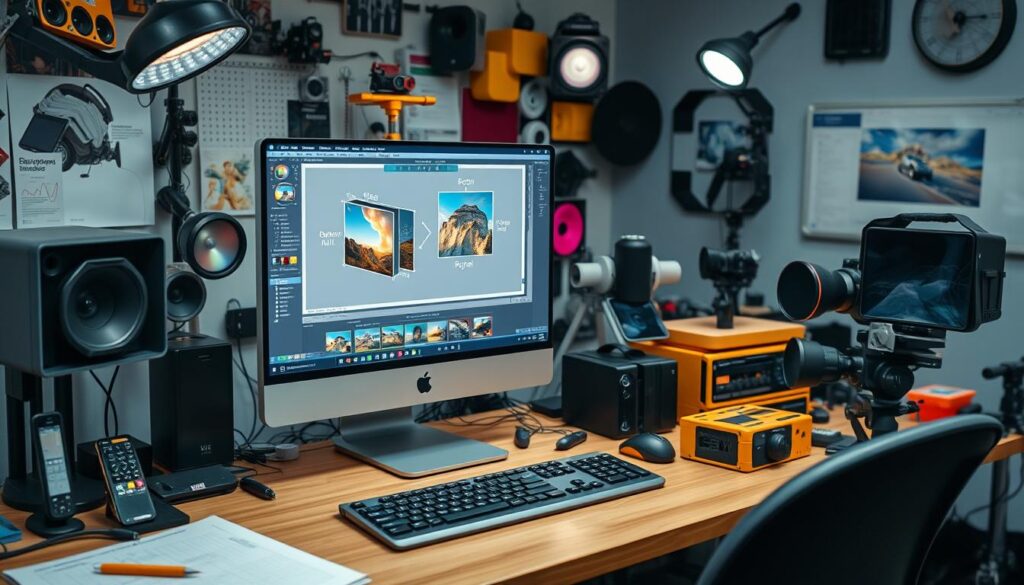
Convert Image to JPG 20 KB is optimal for web, mail, and social site platforms. It is understandable: images are made sufficiently ‘lightweight’ so as not to take ages to upload, but heavy enough for users to be able to see what the fuss is all about.
As with most things in life, The concept of getting the best quality item without having to fork out a lot of cash comes with a few compromises to make along the way.
Reducing an image to 20 KB is not an easy task. However, if the amount of reduction ratio is taken to a higher level, then certain images become hard to recognize since they look pixelated or blurry. Therefore, with regard to both tools and settings, it is very important to make the correct decision in order to guarantee integrity in the visual design.
Both businesses and individuals stand to gain from optimised images. For instance, an e-commerce site requires product pictures that are professional and are not very large to load. Like with bloggers, writers need images that complement posts but do not burden a website and its visitors.
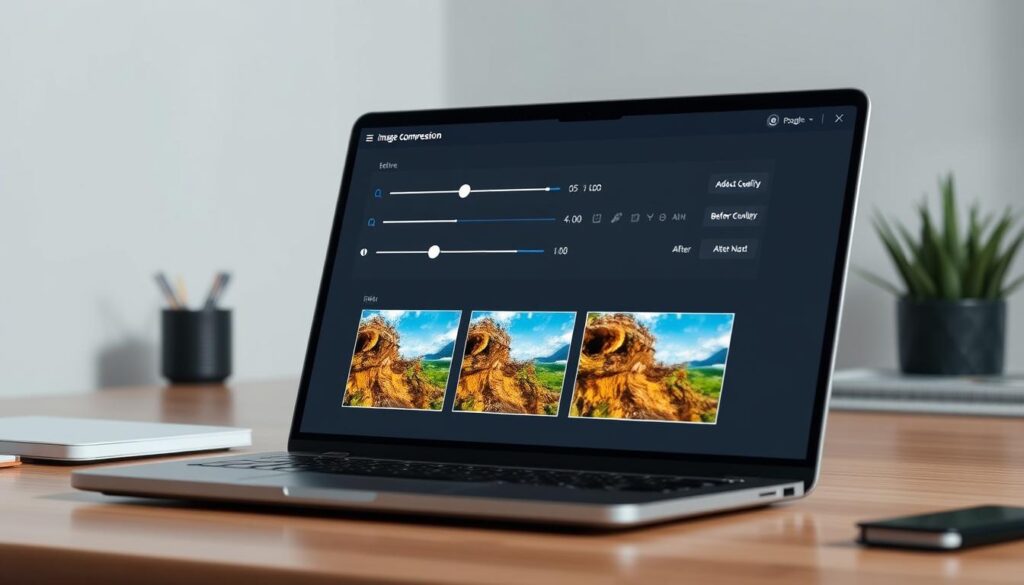
There are many online tools that make the compression process fairly easy. All these tools are web-based, so users do not need to download them. Some of the popular sites are Tiny PNG and Compress JPEG, which provide a simple interface for uploading images quickly and have quick upload and compression features.
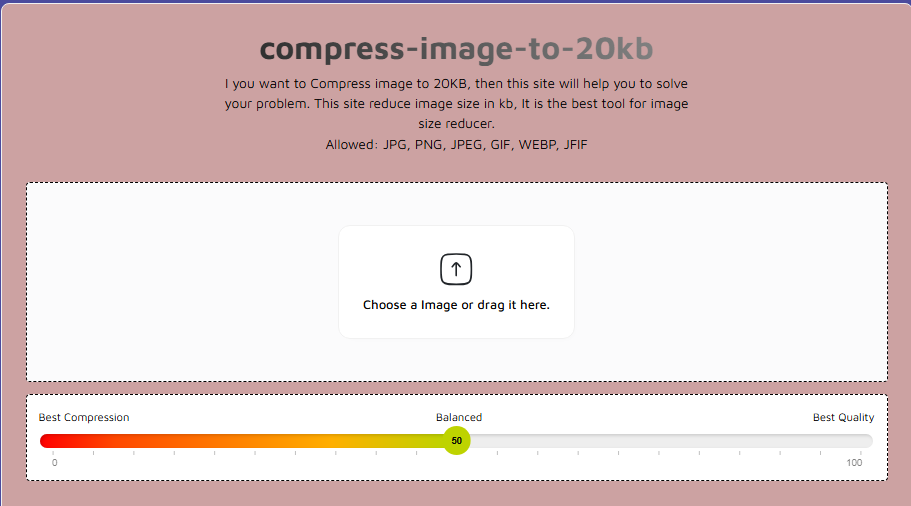
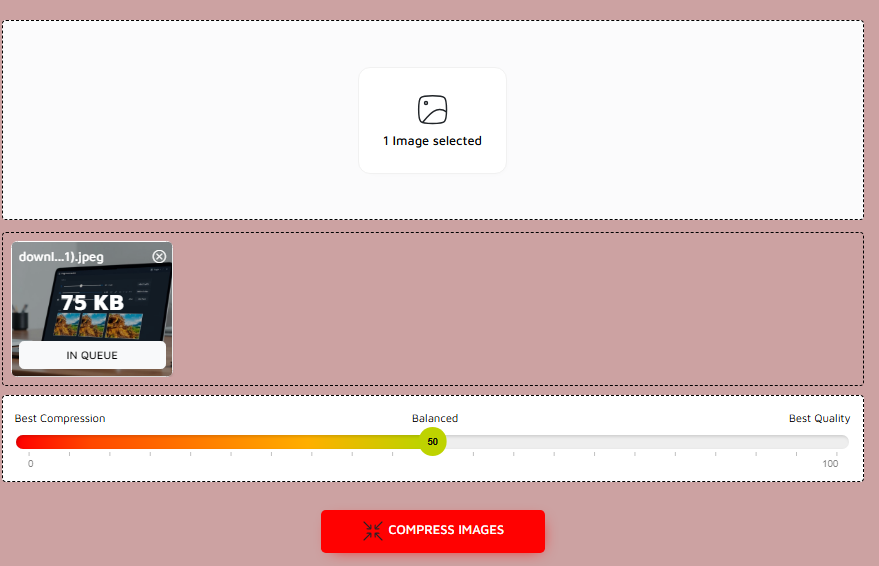

Select the image you want to reduce its size by uploading it with the button below. Choose the preferred file size for the output in kilobytes in this case 20 KB. Save the compressed image for further use it will be in the compressed folder. Example: In the course of this work, we employed the services of tools such as TinyPNG and CompressJPEG. TinyPNG for instance is an efficient form of image compression which results in noticeable image quality. CompressJPEG is also a friendly tool for use for Jewish files particularly JPEG files due to the simple interface. Actually, both options can be used interchangeably to compress images to the preferred size without any incidences.

For users who do not like to work online, desktop software offers strong functions. Other applications like GIMP as well as Adobe Photoshop can help in exercising full mastery over the compression process.

GIMP is free software, similar to Photoshop. Users can open the image to the program set its size or quality and save the file to JPG format. This flexibility helps indeed for achieving that required 20 KB coefficient more effectively.

JPEG is the commonly used method of image conversion and image compression is still closely associated with Photoshop. Due to this, users can tweak all related settings more accurately to achieve excellent image quality at smaller sizes.

Users of mobile devices are also able to benefit from well-optimised image compression systems. Software that can be used for compression on the move is characterized by interfaces which make it easy to compress images and photos for instance Photo Compress. They include; How to Use Photo Compress on Android. To fix the problem we have to begin by installing and launching the ‘Photo Compress’ app. Choose the image that you wish to compress. Tune in the settings of all the compress till the filled sizes get to be approximately 20KB. Go back to the window and right-click the folder, click ‘save as’ and save the compressed image to the device.

iPhone users can use the “Image Size” app to manage image size and change the quality of the pictures. He can easily crop images to the 20 KB mark simply by a few clicks of a button.
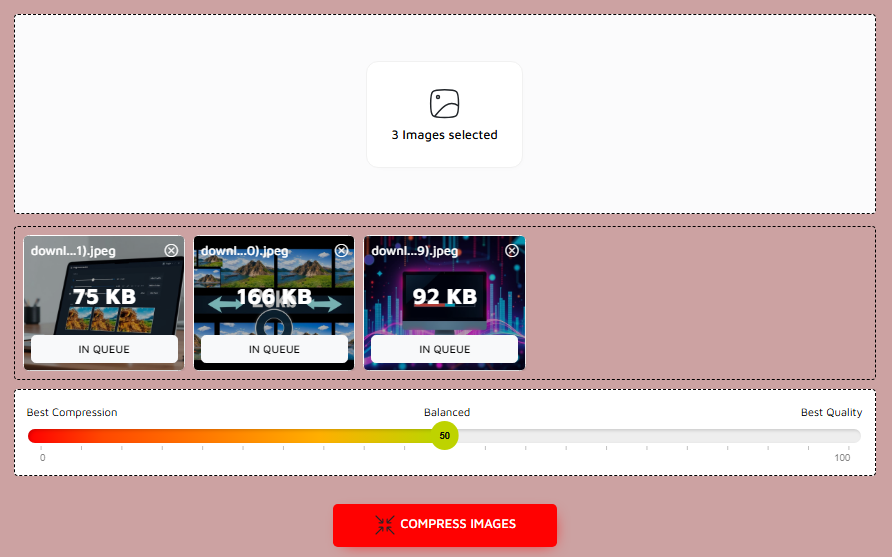

Knowledge of the image dimensions is important when getting down to 20 KB. When scaled down, it is observed that the physical dimensions are directly proportional to file size, but the quality is not greatly hampered.

Most graphic and photo editing programs including GIMP, Photoshop, and even many online image-shrinking tools give the ability to resize images. It should be noted by users there is a need to consider aspect ratios to prevent distortion.

Apart from the basic editing programs, there are a number of web tools, like PicResize offering basic resize functionality. All that the users have to do is upload an image, input the size they want, and then download the shrunken image.

In the present specific case, the most critical issue arises when compressing the given images, using the quality parameters. One is able to trade off and decrease the quality standard in order to obtain a much smaller file size at the resolution.

In general, compressors express quality standards differently. As a rule, the scale from 0 up to 100 is used, but the lower numeric value signals higher compression and, perhaps, quality loss.

Experimentation is key. People may need to experiment with various quality parameters in order to capture a picture with 20 Kb while maintaining reasonable picture quality. Some Real-Life Situations That Illustrate the Quality Adjustment. For instance, if an image was initially, 50 KB, adjusting the quality to about 70% may bring the file size closer to that of the goal set. It is important to always preview so as to check on the quality of the visuals to be used.

It may be said that conversion to JPG sometimes results in better compression possibilities. PNGs tend to have higher quality images and in general better than JPGs in terms of compression ratio to achieve a given file size.

Most online converters are well capable of converting formats of image files almost seamlessly. Just upload the image and choose JPG from the list of formats. The two websites that are ideal for this job are Zamzar and Online-Convert.
Even though JPG is outstanding in compression it does not support transparency which PNG supports. To do that, users should decide when using which format depending on their needs and where the images will be used.
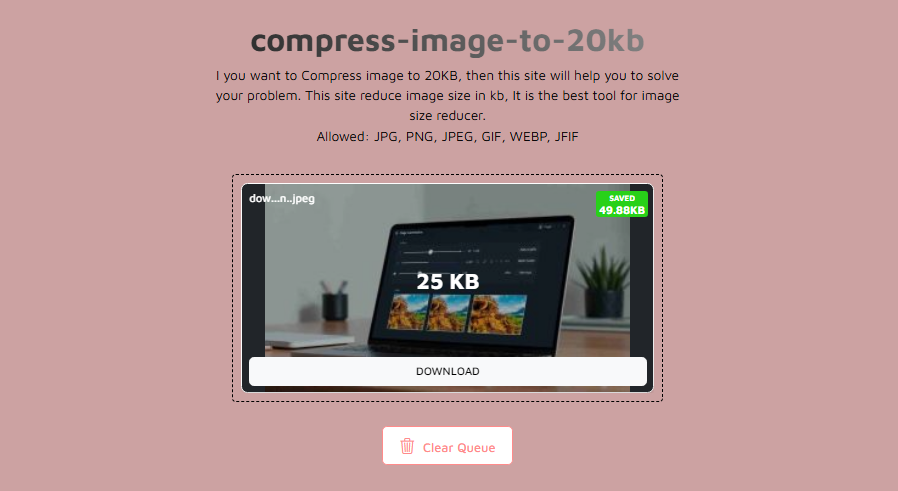

For instance, users who receive pixelated or blurry images after compression should try changing the quality settings or even different compressors. It usually pays to try out something different with the available tool options.

If an image does not reduce below or at 20 KB then it may be necessary to reduce size or quality even more. In return, going to another format of file compression can offer improved compression ratios.

Preventing images from becoming ‘orphans’, in other words, it is important to retain image scalability. Test images on devices to check the final product quality and its usability before purchasing it.

Some of the important guidelines are presented for organizing and storing compressed images that were under-discussed: It is useful when images are stored in a way that they should be retrieved or accessed in order to enhance efficiency. Some of the possible subcategories which images can be divided into for simpler searches include usage or type of project. Here key strategies on how to maintain quality when compressing are outlined below. Do not confuse the reduction of particle size with the idea of quality, no matter how much you are tempted to do so. They should ensure that they balance themselves whenever they opt for such trade-offs. Behind this is the experience of plagiarism cases which showed that it is possible to future-proof image files. With changing technology, it is beneficial to preserve high-resolution sources of images that are to be used for making graphics. It is therefore advisable to always keep the un-compressed jpeg format aside in addition to the compressed files for later use.
Altogether, it is crucial to master a tool that helps to Convert Image to JPG 20 KB because time is money nowadays. Overall, the present chapter enables its users to address compression issues based on the strategies, tools, and techniques given. With the right approach, a form of experimentation one can easily arrive at create the ideal balance between the quality of the file and the size of the file, and so set the course to accomplish digital and effective communication.
When choosing a format to compress images to achieve 20 KB the JPG format is usually the optimal solution since this format achieves great compression rates with acceptable photo quality and complex images.
You can get a JPG image to 20 KB in size in various ways and that includes online compressors like TinyPNG or CompressJPEG, offline compressors such as GIMP or Adobe Photoshop, or even from your mobile device compressor like Photo Compress. In this case, you just upload the image scale the image size to fit 20 KB and download the compressed image.
Yes, it is possible to make a PNG image size 20 KB but for that, you might need to convert the image into JPG as JPG format has better compression. If one wants to get even better results with smaller file sizes the benefits of JPG are indisputable.
Popular tools for compressing images include:
Online: TinyPNG, CompressJPEG, and Online-Convert are some of the best sites to use to make any image significantly lighter and easier to manage.
Desktop: GIMP and Adobe Photoshop.
Mobile: Photo Compress for Android and Image Size for iOS.
Popular tools for compressing images include:
If you find out that there is too much loss in quality each time you compress it, you can always change the quality options of the intended tool. It is suggested to try to increase the quality percentage or to use another compressor that may provide a better outcome.
Desktop: GIMP and Adobe Photoshop.
Mobile: Photo Compress for Android and Image Size for iOS.
Of course, it is possible to compress an image to sizes less than 20 KB, one can further reduce the size to for example 10 KB or 15 KB provided that the quality and dimensions options are fine-tuned to one’s expectations. But be careful with this as it can result to vast noticeable quality loss.
Of course, it is For more on resizing an image, one can use GIMP, Adobe Photoshop, or the online enlargement tools such as PicResize. Make sure to maintain the aspect ratio to prevent distortion while reducing dimensions to achieve your desired file size.possible to compress an image to sizes less than 20 KB, one can further reduce the size to for example 10 KB or 15 KB provided that the quality and dimensions options are fine-tuned to one’s expectations. But be careful with this as it can result to vast noticeable quality loss.
Of course, it is For more on resizing an image, one can use GIMP, Adobe Photoshop, or the online enlargement tools such as PicResize. Make sure to maintain the aspect ratio to prevent distortion while reducing dimensions to achieve your desired file size.possible to compress an image to sizes less than 20 KB, one can further reduce the size to for example 10 KB or 15 KB provided that the quality and dimensions options are fine-tuned to one’s expectations. But be careful with this as it can result to vast noticeable quality loss.
Compressing images to 20 KB offers several benefits, including:
Yes, many online compressors and desktop software options allow batch processing, enabling you to compress multiple images simultaneously. This feature can save time and simplify your workflow.
To ensure compatibility, test your compressed images on various devices and platforms after compression. Use widely supported formats like JPG to minimize potential issues with viewing or uploading.
It's advisable to keep a high-resolution copy of the original image for future use. This allows you to regenerate compressed versions if needed or create new formats without quality loss.
Yes, many online tools, desktop software, and mobile apps offer free options for image compression, including TinyPNG, Compress JPEG, GIMP, and Photo Compress. Always verify the features and limitations of the free versions to ensure they meet your needs.
© 2025 Created by Syed Zulqarnain